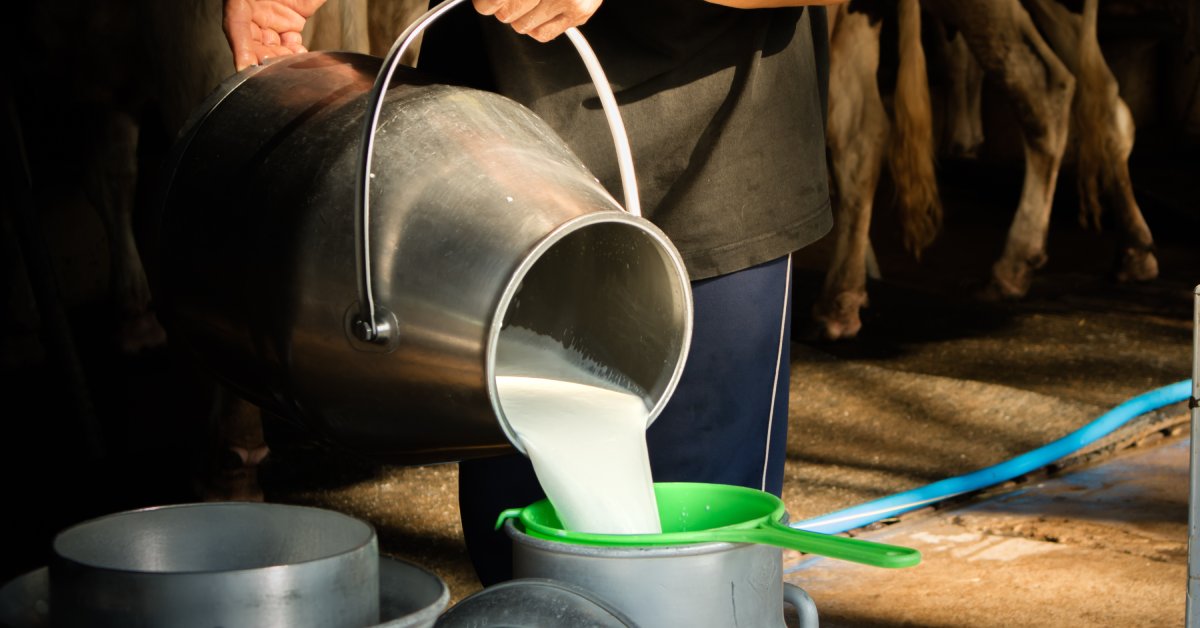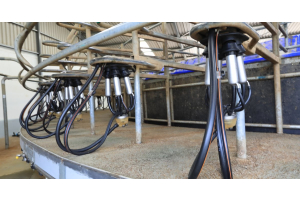Understanding Filter Micron Ratings in Dairy Applications

When it comes to dairy production, maintaining quality and safety is non-negotiable. One of the most critical yet often overlooked aspects of this process is filtration. Filters play a key role in removing impurities, ensuring product consistency, and meeting food safety standards. But to choose the right filter, you need to understand filter micron ratings in dairy applications. Whether you’re producing fluid milk, cheese, or butter, the right filtration system can make all the difference in product quality.
What Are Micron Ratings?
Micron ratings measure the size of particles a filter can trap, with one micron equaling one-millionth of a meter. For context, a human hair is about 70 microns thick. Filters with smaller micron ratings capture finer particles, making them ideal for applications requiring high levels of purity.
In dairy applications, micron ratings are crucial for removing contaminants like dirt, sediment, and bacteria. For example, a filter with a five-micron rating ensures cleaner milk by trapping particles as small as five microns, the size of some bacteria. Understanding these ratings helps producers select the right filters for their specific needs, whether it’s for raw milk or finished dairy products.
Importance of Micron Ratings in Dairy
Micron ratings are vital for maintaining milk quality and meeting food safety standards. Filters with the appropriate micron size can remove harmful bacteria and impurities, ensuring the milk is safe for consumption.
Additionally, the right micron rating can improve the efficiency of downstream processes like pasteurization and homogenization. By removing unwanted particles early, filters reduce wear and tear on equipment and improve the overall quality of the final product. In short, micron ratings are a small detail with a big impact on dairy production.


How Micron Filters Function
Micron filters work by trapping particles as milk passes through them. The filter material is designed with tiny pores that allow liquid to flow while capturing solids. Depending on the micron rating, these filters can remove everything from visible debris to microscopic bacteria.
In dairy applications, filters are often used in conjunction with other equipment, such as a milking strainer, which removes larger particles like straw or hair before milk enters the filtration system. This two-step process ensures that milk is clean and ready for further processing.
Selecting the Right Micron Rating
Choosing the right micron rating in dairy applications involves balancing filtration efficiency with flow rate. Filters with smaller micron ratings capture finer particles but may slow down the flow of milk. Conversely, larger micron ratings allow for faster flow but may not remove all impurities.
When selecting a micron rating, consider the following:
- Type of dairy product: Different products, like cheese or fluid milk, require varying levels of filtration.
- Stage of production: Raw milk may need coarser filters, while final processing benefits from finer ones.
- Flow rate requirements: High-speed operations may prioritize faster flow over ultra-fine filtration.
- Equipment compatibility: Ensure the filter works seamlessly with your existing dairy equipment.
- Regulatory standards: Choose a micron rating that meets food safety and quality compliance requirements.
Micron Ratings and Milk Quality
The quality of milk is directly influenced by the filtration process. Filters with the right micron rating can remove contaminants that affect taste, texture, and shelf life. For example, removing bacteria and sediment ensures that milk stays fresh longer and meets consumer expectations.
In addition to improving quality, proper filtration also enhances safety. By capturing harmful microorganisms, filters help prevent foodborne illnesses and ensure compliance with regulatory standards.
Benefits of a Multi-Filter System
Using a multi-filter system with different micron ratings allows for a more efficient and thorough filtration process. Coarser filters can first remove larger particles like straw or sediment, protecting finer filters from clogging prematurely. Finer filters then handle smaller impurities, such as bacteria, ensuring the milk meets high-quality and safety standards. A multi-step process extends the lifespan of your filters and optimizes flow rate and filtration efficiency.


Filters for Cheese and Butter Production
Cheese and butter production often require specialized filtration to achieve the desired texture and flavor. For example, filters with a smaller micron rating are commonly used to remove fine particles that could affect the consistency of cheese curds. Similarly, butter production benefits from filters that ensure a smooth, creamy texture.
In these applications, filtration is about more than just removing impurities—it’s about creating a product that stands out in the market. By using the right filters, producers can enhance the quality of their cheese and butter, making them more appealing to consumers.
Why Texture Matters in Cheese
The texture of cheese is heavily influenced by the filtration process. Filters with the right micron rating ensure that curds form properly, resulting in a smooth and consistent product. Poor filtration can lead to uneven curds, which affect both the texture and flavor of the cheese.
Maintaining and Replacing Dairy Filters
Regular maintenance is essential for keeping your filtration system running smoothly. Over time, filters can become clogged with debris, reducing their effectiveness. Cleaning or replacing filters as needed ensures consistent performance and prevents contamination.
Here are some tips for maintaining your filters:
- Inspect filters regularly for signs of wear or clogging.
- Clean filters according to the manufacturer’s recommendations.
- Replace filters at the recommended intervals.
- Use high-quality filters designed for dairy applications.
- Keep spare filters on hand to minimize downtime.
Signs that you need to replace a filter include a noticeable drop in flow rate, which can indicate clogging. If you observe milk with visible particles or sediment after filtration, it’s a clear sign that the filter is no longer effective. Additionally, unusual pressure buildup in the filtration system often signals that the filter needs immediate replacement. Check for the presence of microscopic particles through regular lab testing or quality checks to ensure your filtration system is performing correctly.
Filtration is a cornerstone of dairy production, and the correct filter micron ratings enhance quality and safety. Filters optimize processes, from removing impurities to enhancing product consistency. Whether you’re producing fluid milk, cheese, or butter, choose the right micron rating to ensure that your products meet the highest standards. Check manufacturer guidelines or consult industry standards to determine the ideal micron rating for your specific dairy application.










